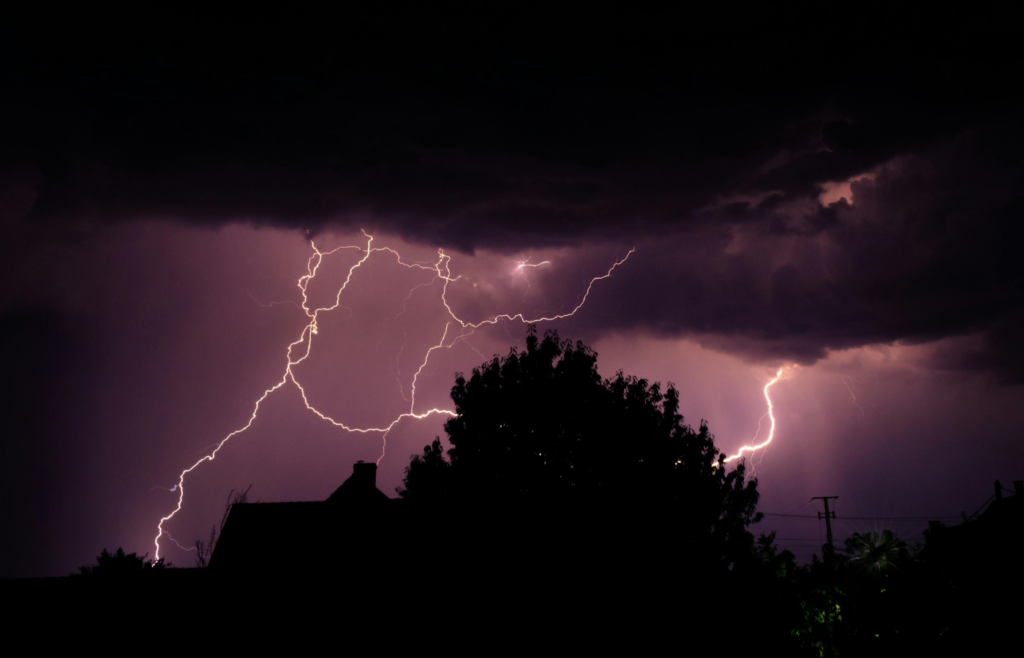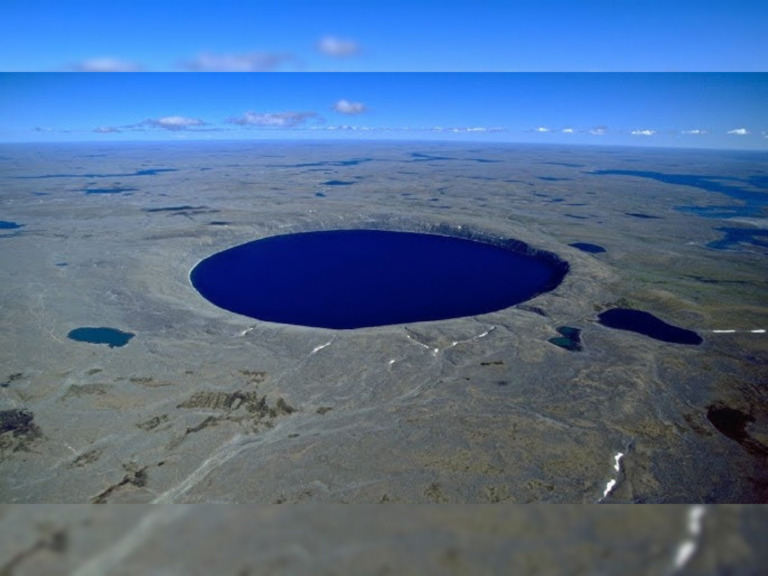Atmospheric pressure—the weight of the air above us—fluctuates due to weather patterns and altitude changes. These variations can lead to a range of unexpected and peculiar effects on both the environment and human health.
Here are ten of the most bizarre consequences of atmospheric pressure changes:
1. Boiling Point Reduction Affects Tea Quality

During Storm Ciarán in November 2023, the atmospheric pressure in parts of the UK dropped significantly, causing water to boil at temperatures below the standard 100°C. This reduction affected the extraction of flavors from tea leaves, leading to a noticeable decline in tea quality.
2. Increased Frequency of Lightning Strikes

Studies suggest that each 1°C rise in global temperature could lead to a 12% increase in lightning strikes. Warmer air holds more moisture, enhancing conditions for thunderstorms and consequently increasing lightning activity.
3. Methane Bursts from Lakes

Falling atmospheric pressure can trigger the sudden release of methane gas from lakes, a process known as ebullition. This phenomenon not only contributes to greenhouse gas emissions but can also increase water turbidity during ice-covered periods.
4. Sinus Discomfort and Headaches

Changes in barometric pressure can cause the air inside sinuses to expand or contract, leading to sinus headaches and facial pain, especially in individuals with existing sinus conditions.
5. Joint Pain Fluctuations

Many individuals with arthritis report increased joint pain during periods of low barometric pressure. Theories suggest that decreased pressure allows tissues to expand, placing additional stress on joints.
6. Altitude Sickness at High Elevations

At elevations above approximately 19,000 meters, atmospheric pressure drops so low that water boils at the normal human body temperature of 37°C, a phenomenon known as the Armstrong limit. Exposure to such conditions without proper protection can lead to severe altitude sickness and other health risks.
7. Increased Fatigue and Respiratory Issues

Lower barometric pressures can lead to decreased oxygen availability, potentially causing fatigue and exacerbating respiratory conditions like COPD and asthma.
8. Heat Domes Leading to Extreme Temperatures

High-pressure systems can trap warm air in a region, creating a “heat dome” effect that leads to prolonged periods of extreme heat. These events can have severe impacts on health, agriculture, and energy consumption.
Read More: 10 Coldest Places on Earth That Are Actually Inhabited
9. Impact on Migraines

Sudden changes in atmospheric pressure are known triggers for migraines in susceptible individuals. Monitoring weather patterns can help in anticipating and managing these episodes.
Read More: Top 15 Wild Effects Volcanic Eruptions Have on the Planet
10. Influence on Animal Behavior

Certain animals, such as birds and insects, can detect atmospheric pressure changes and may alter their behaviors accordingly, like seeking shelter before storms or changing mating activities.
These examples illustrate the diverse and sometimes surprising ways that atmospheric pressure changes can influence both the natural world and human experiences.
Read More: Top 10 Ways Volcanoes Affect Global Weather





